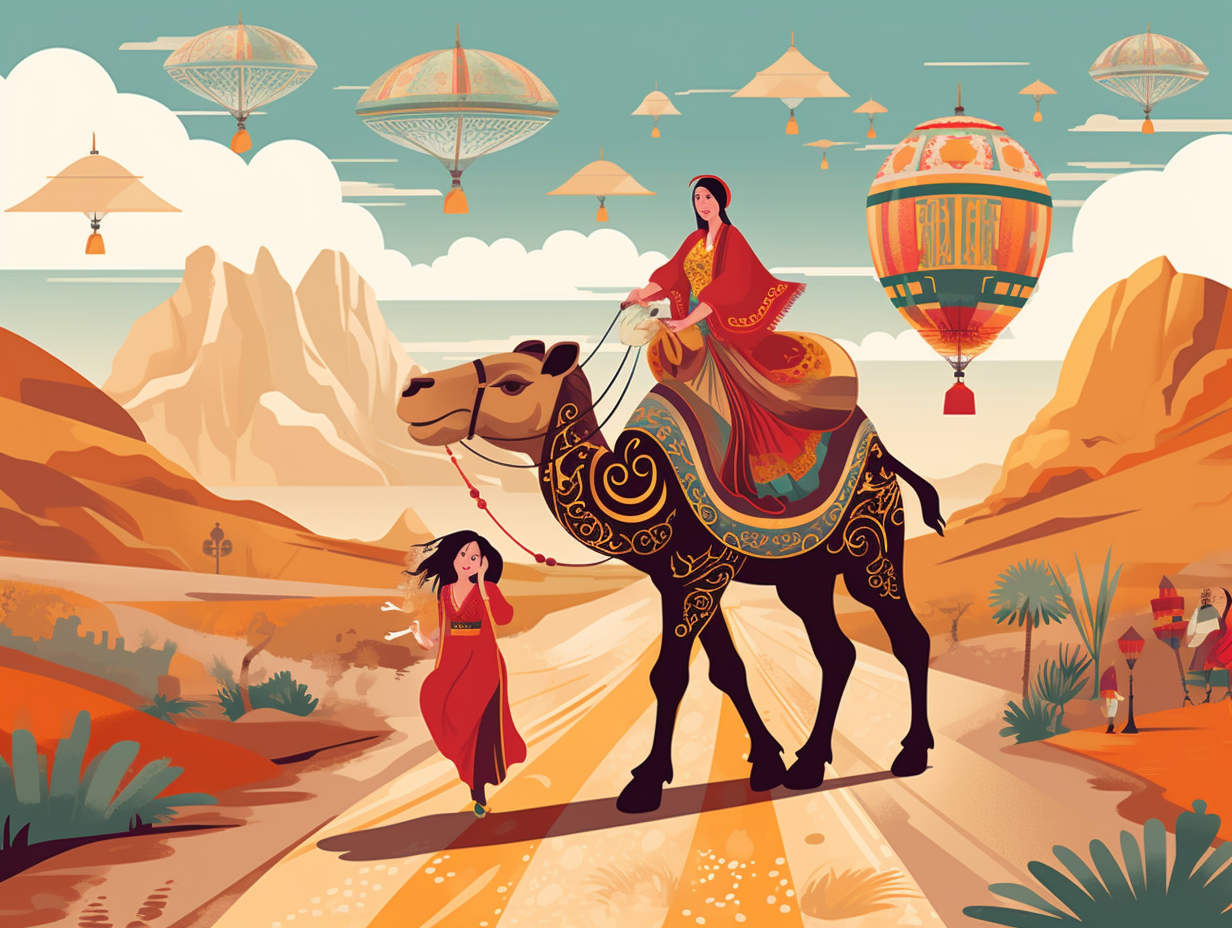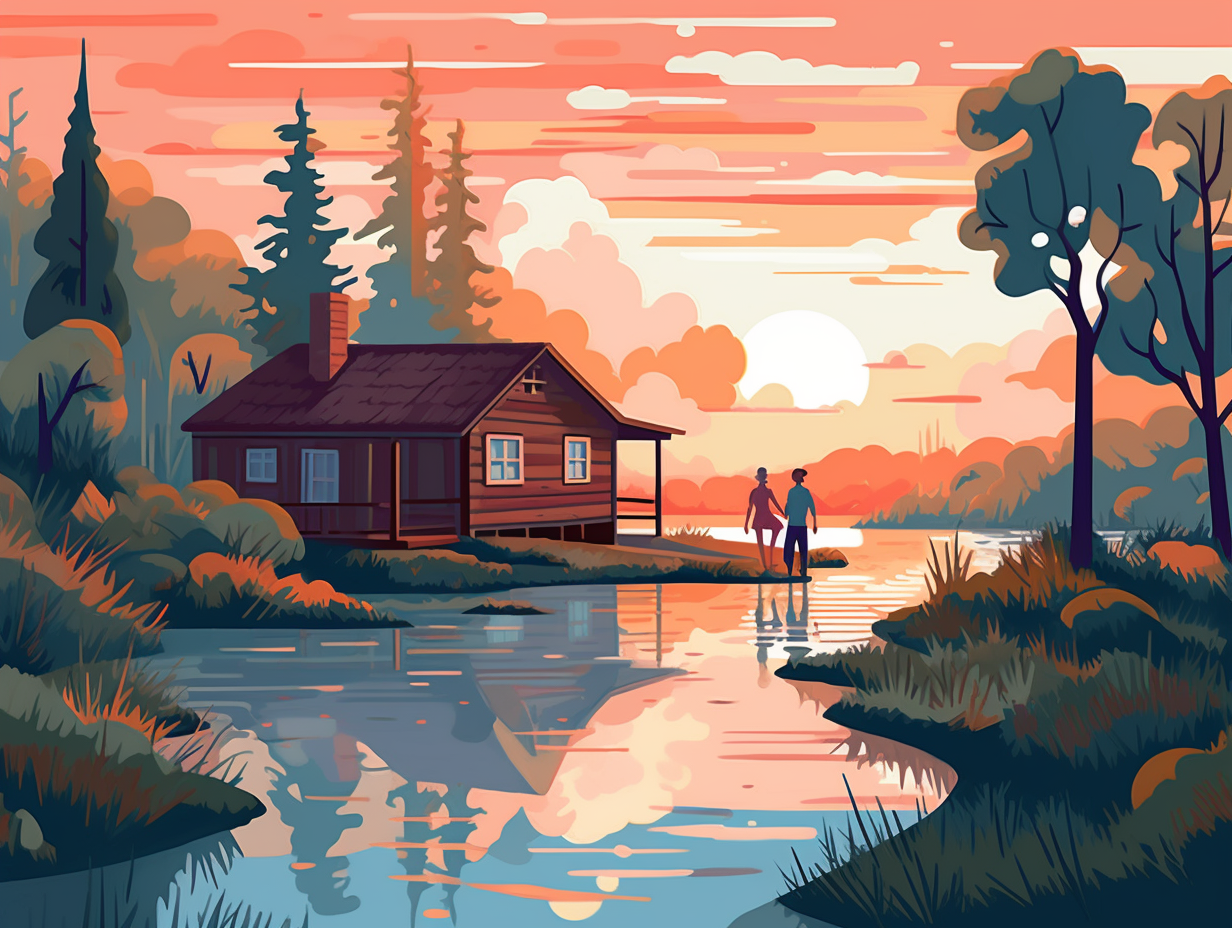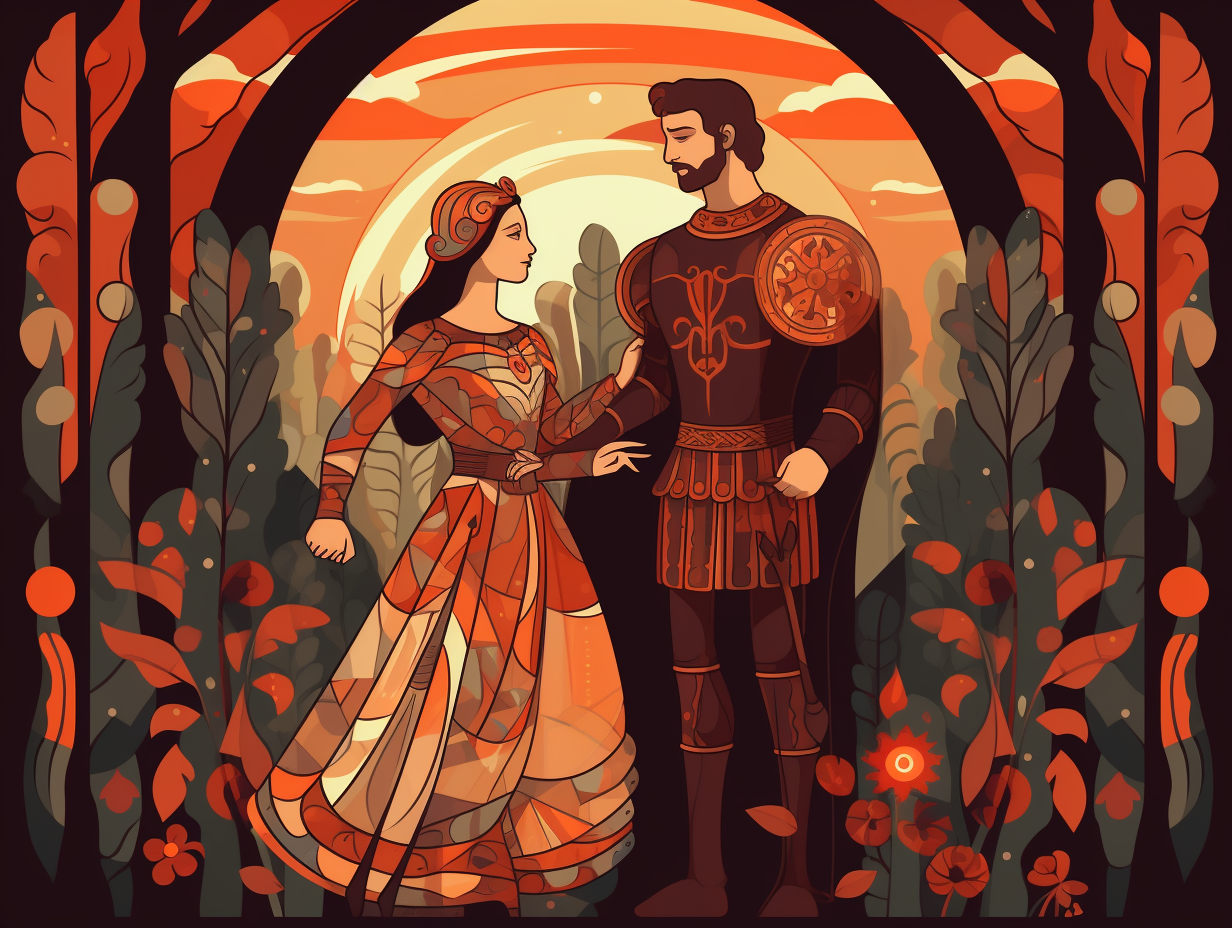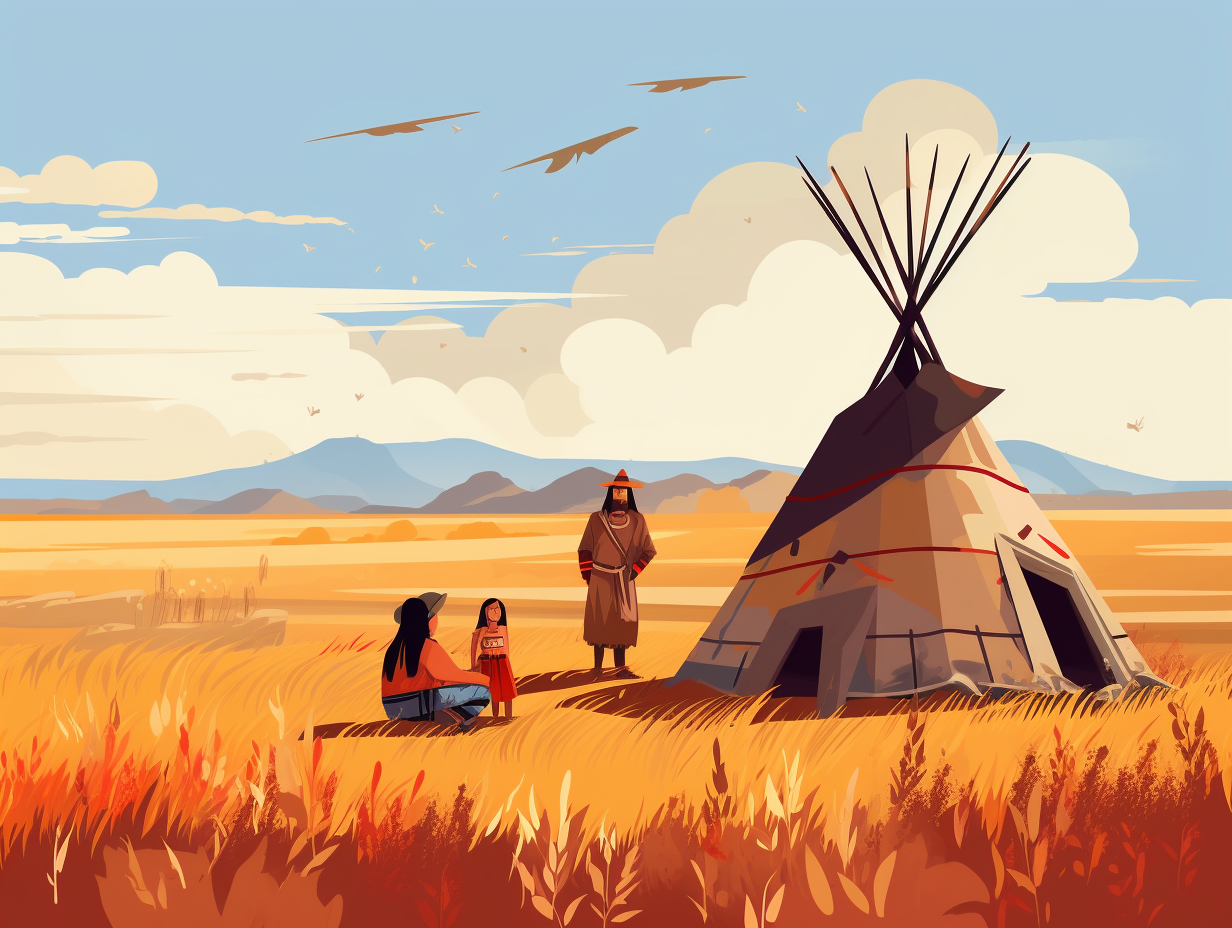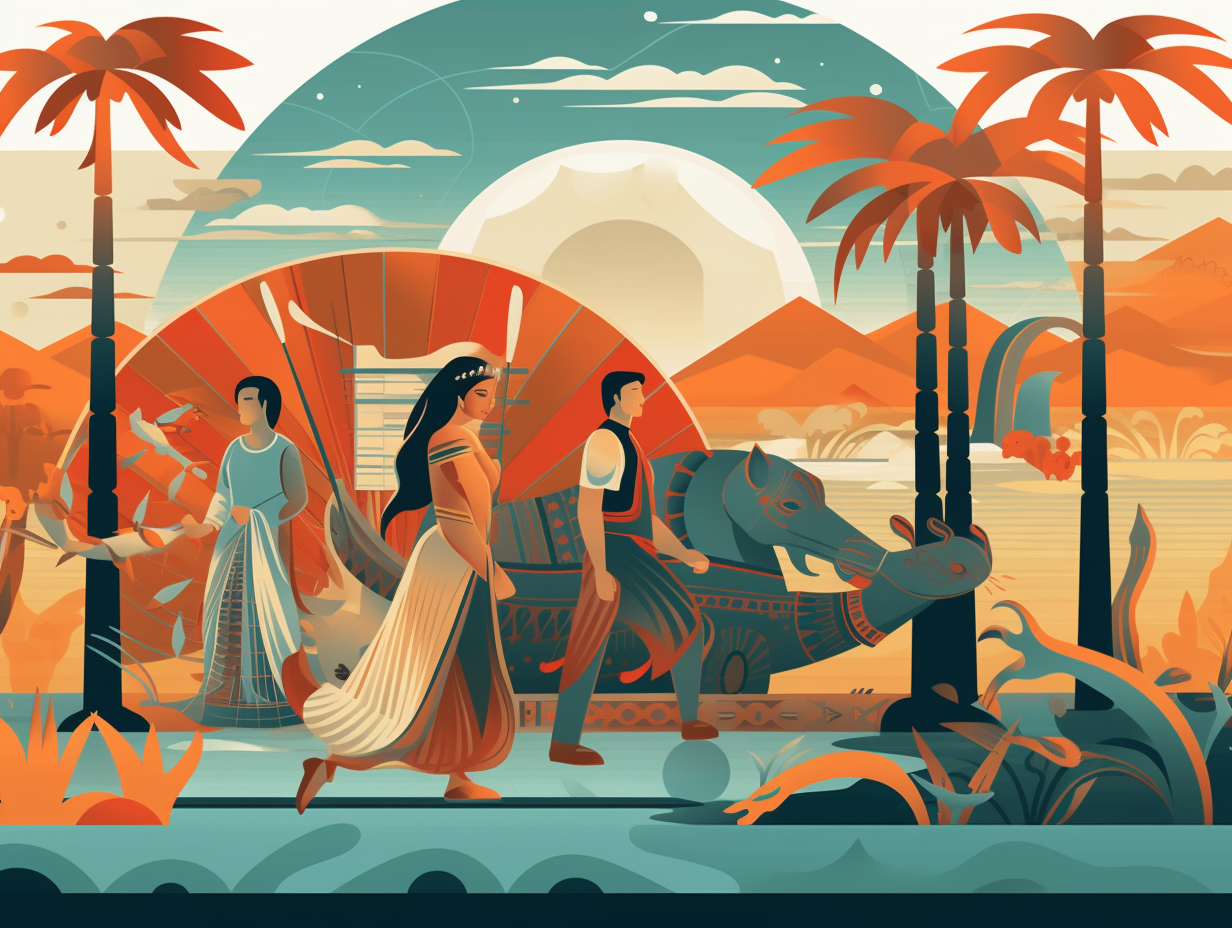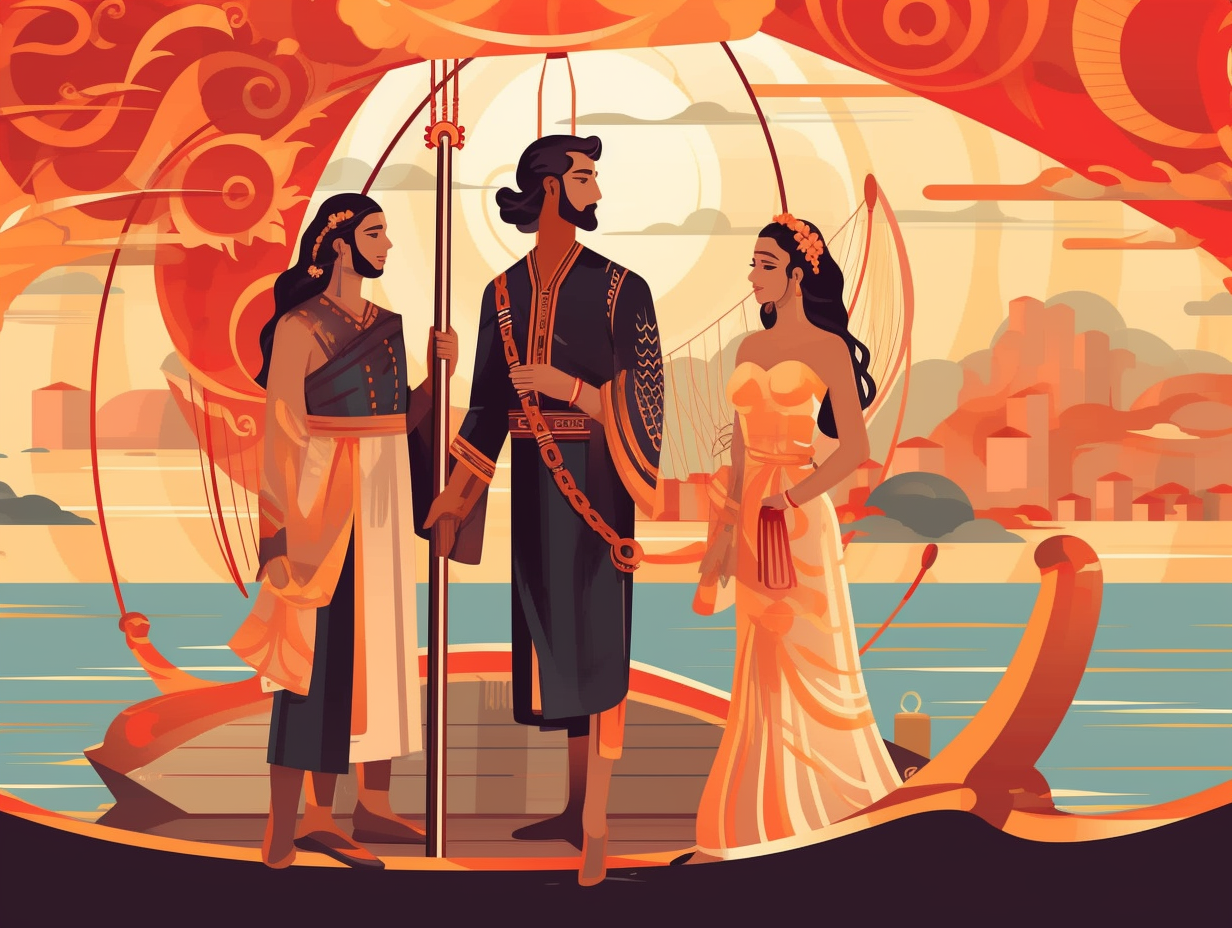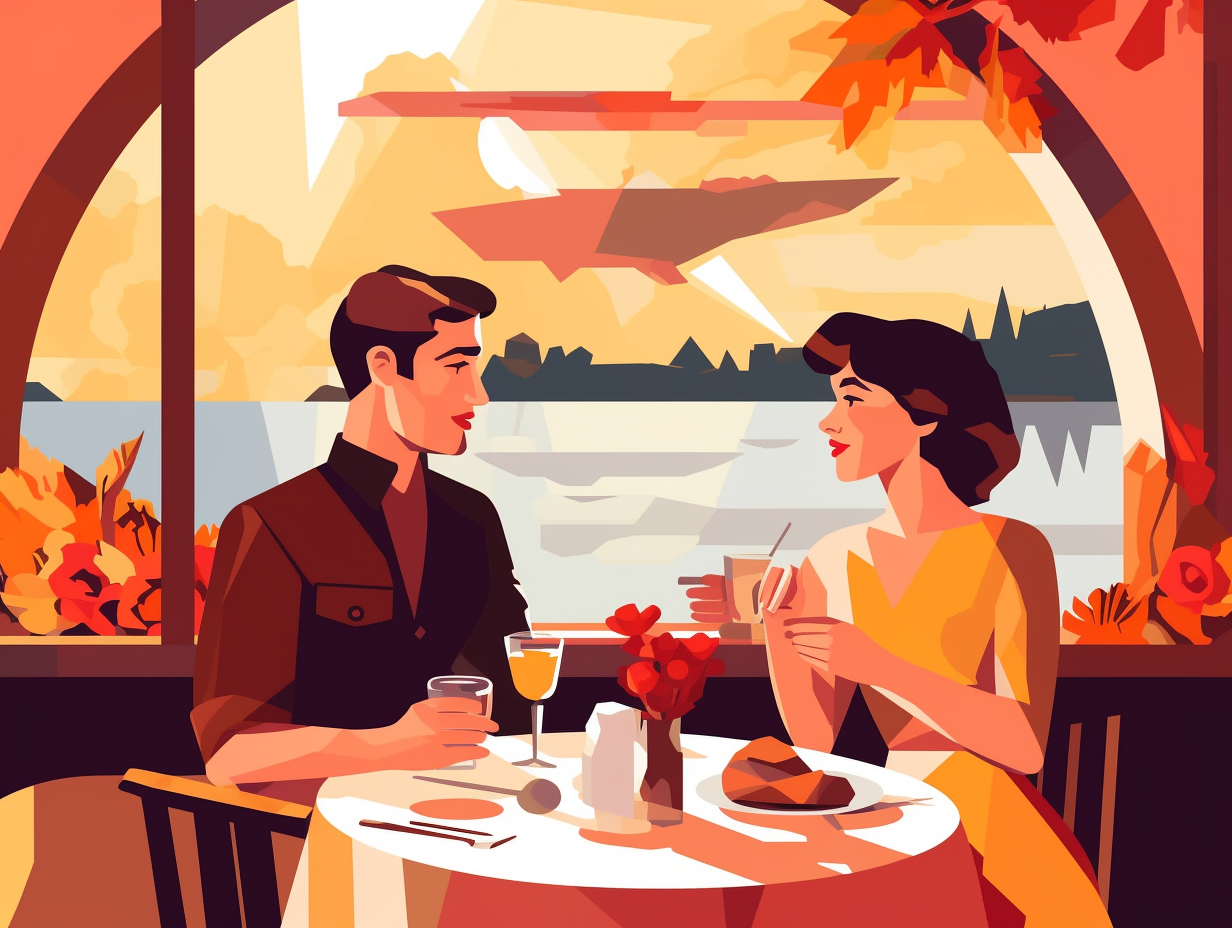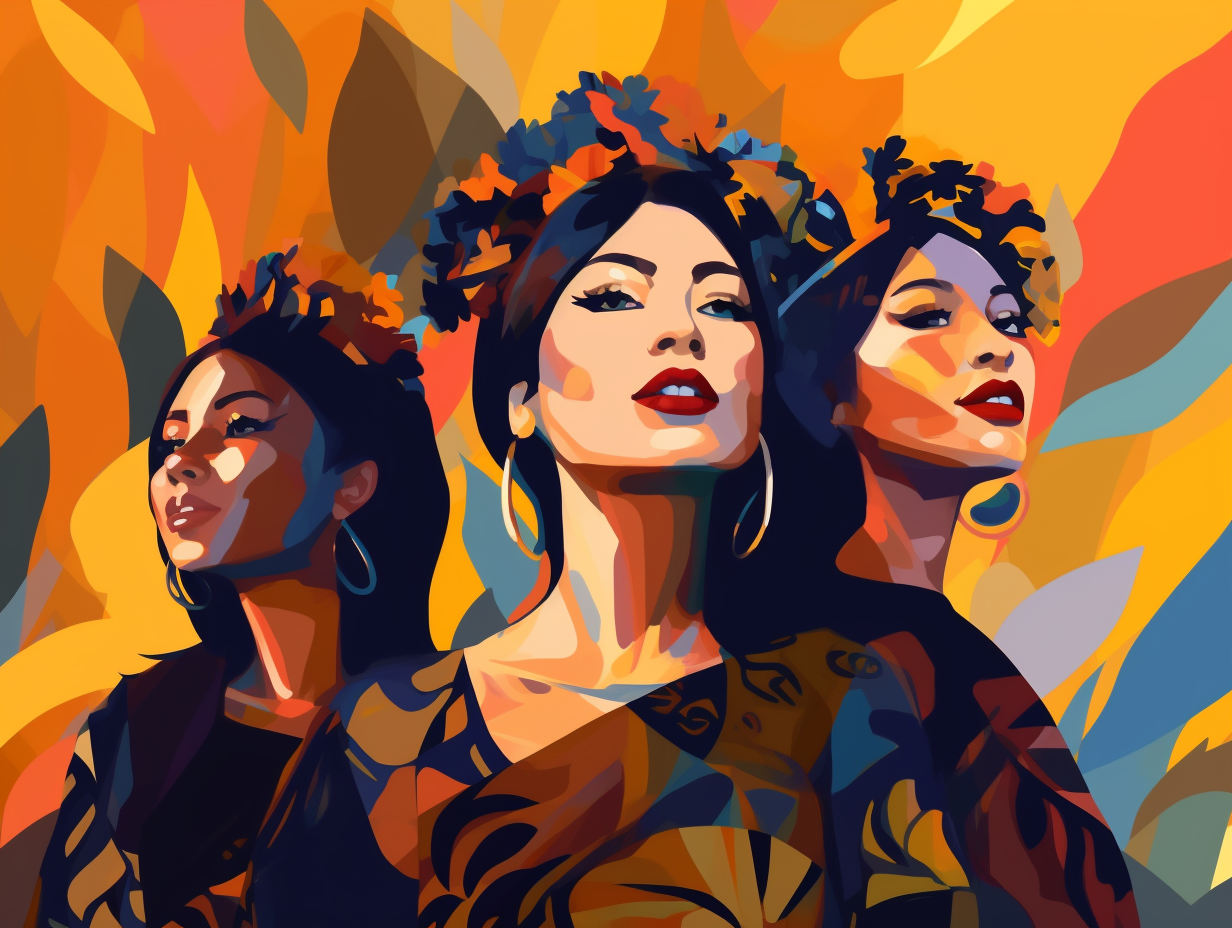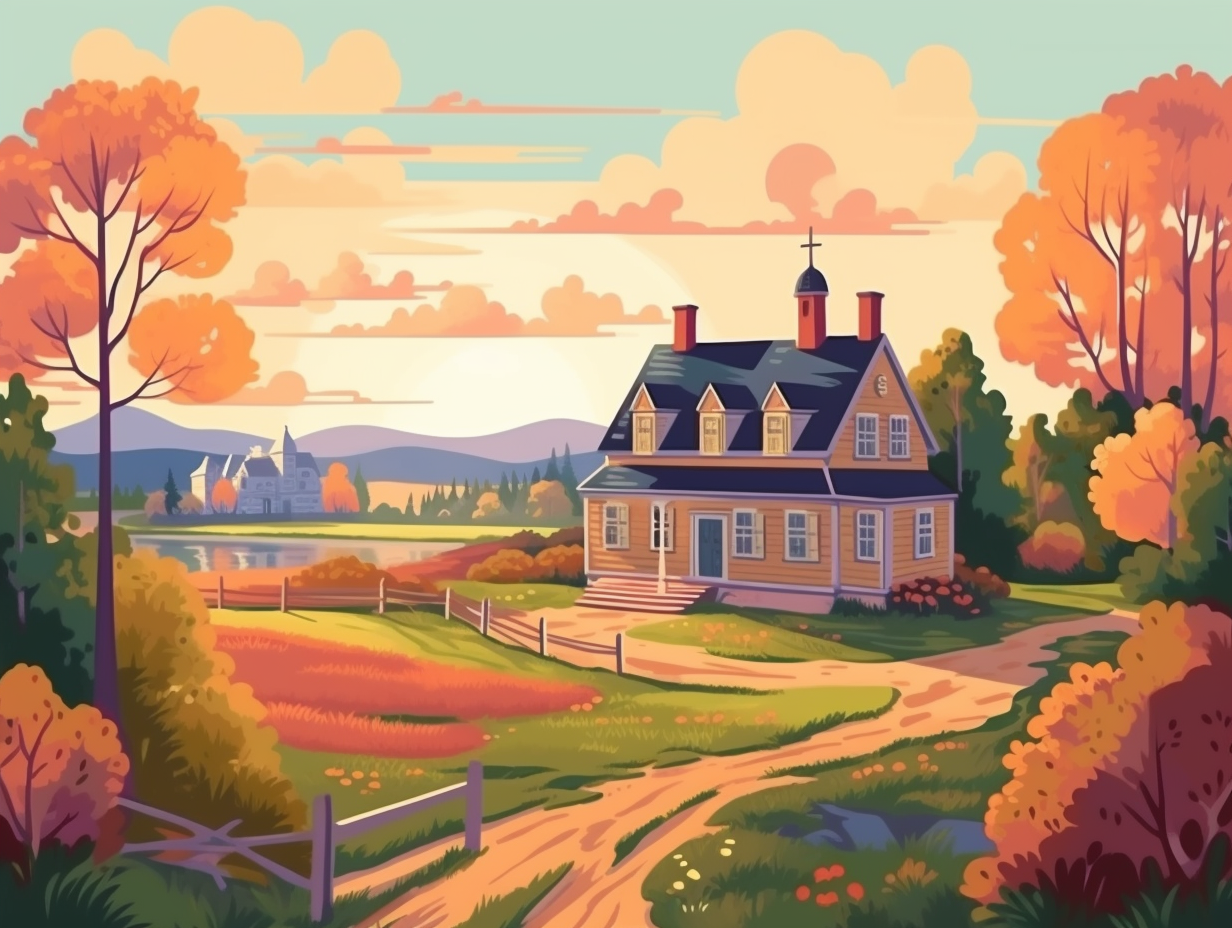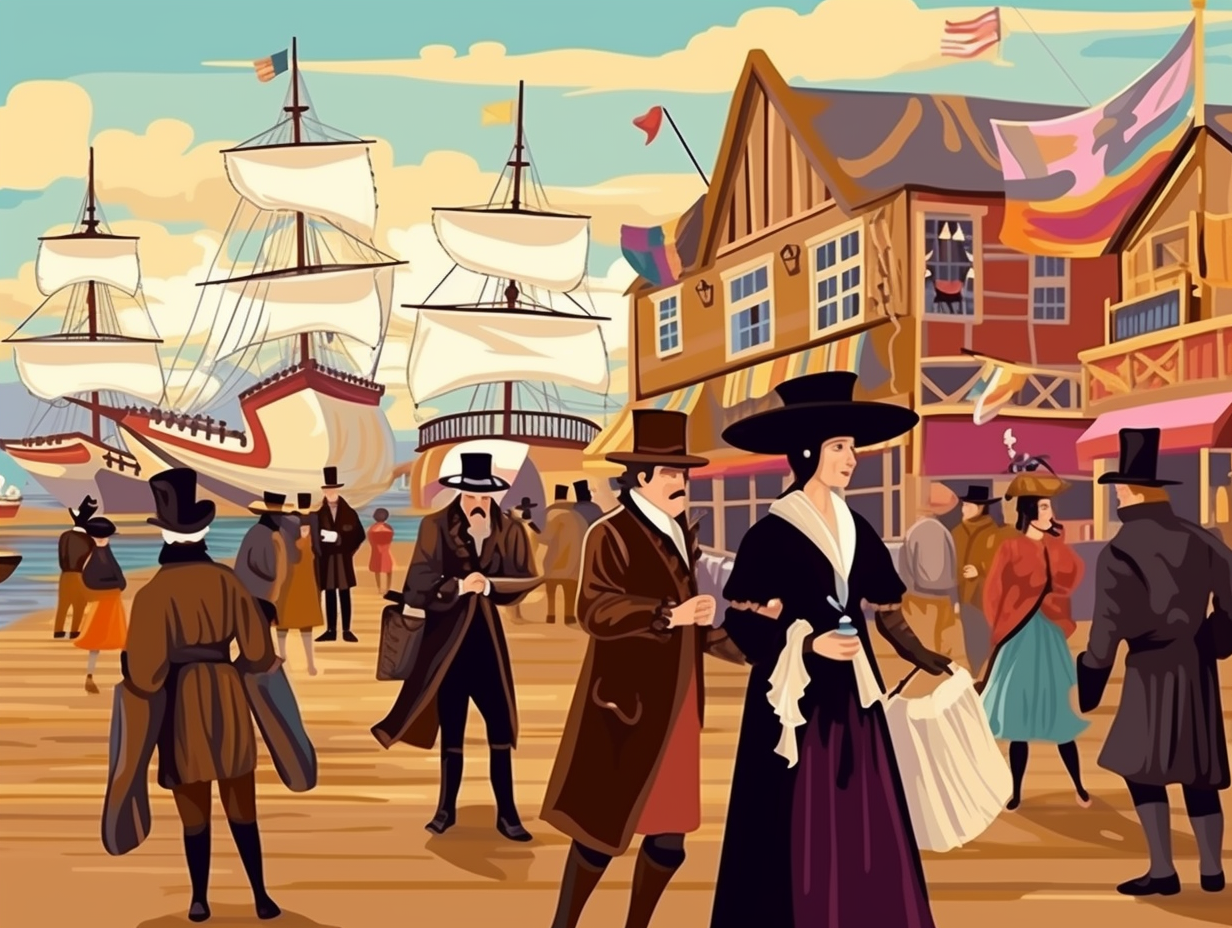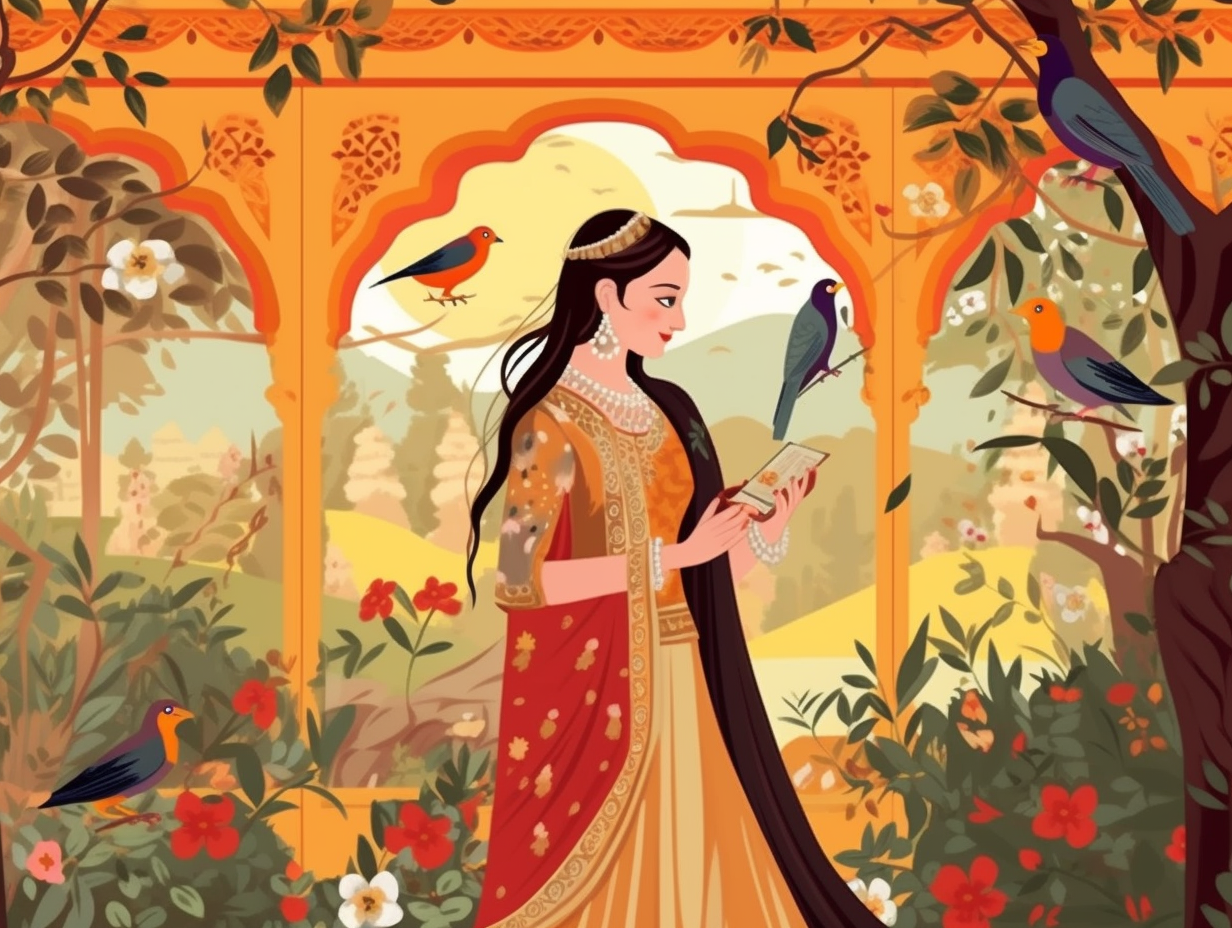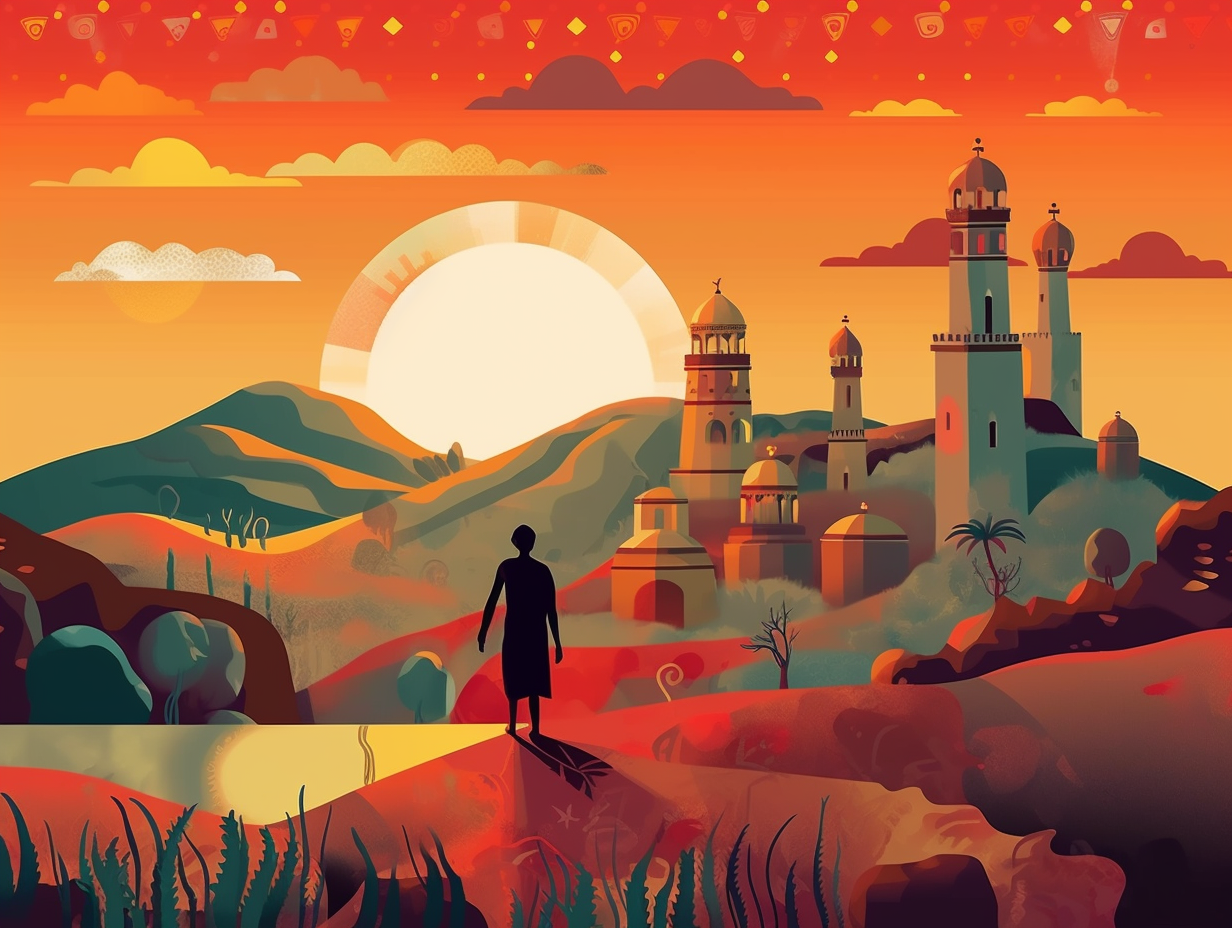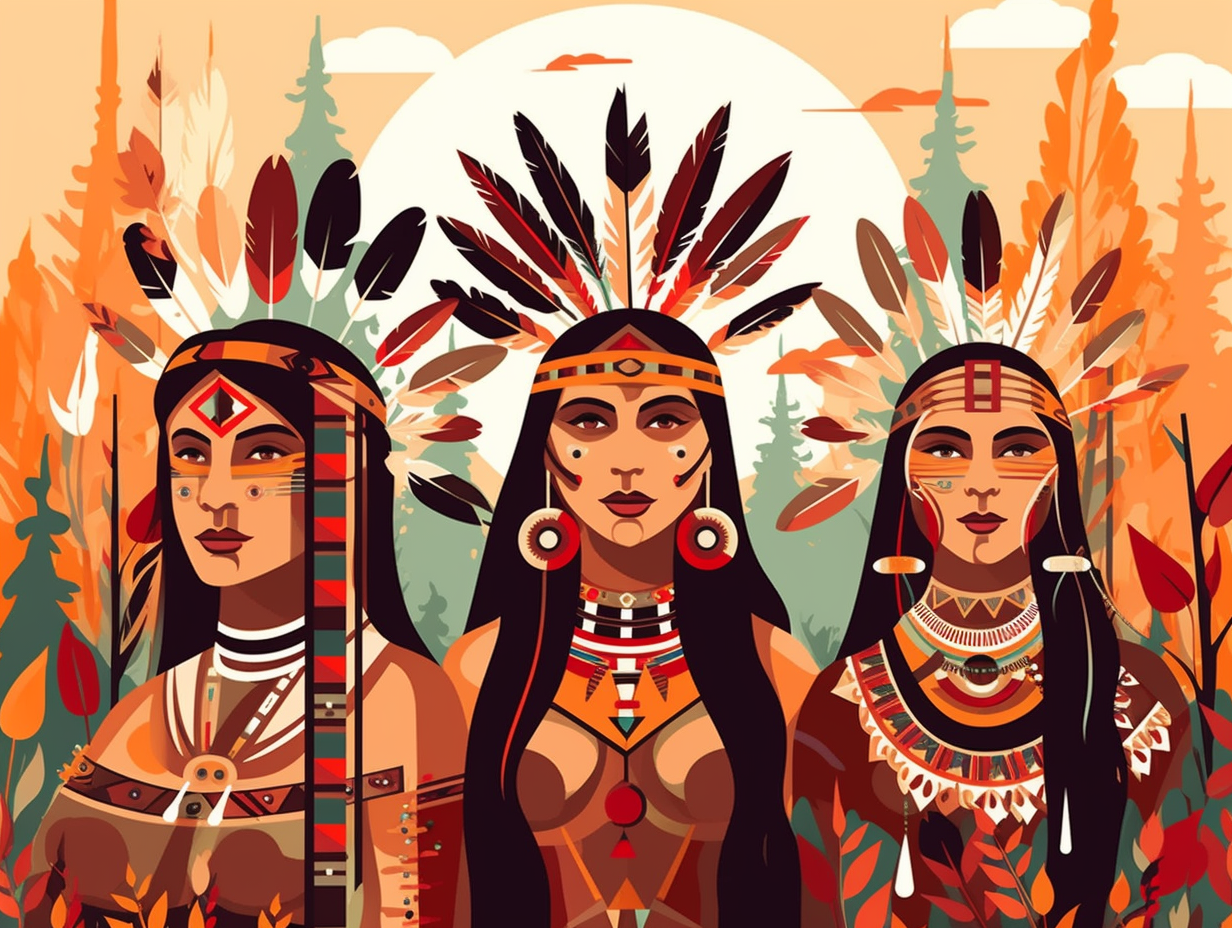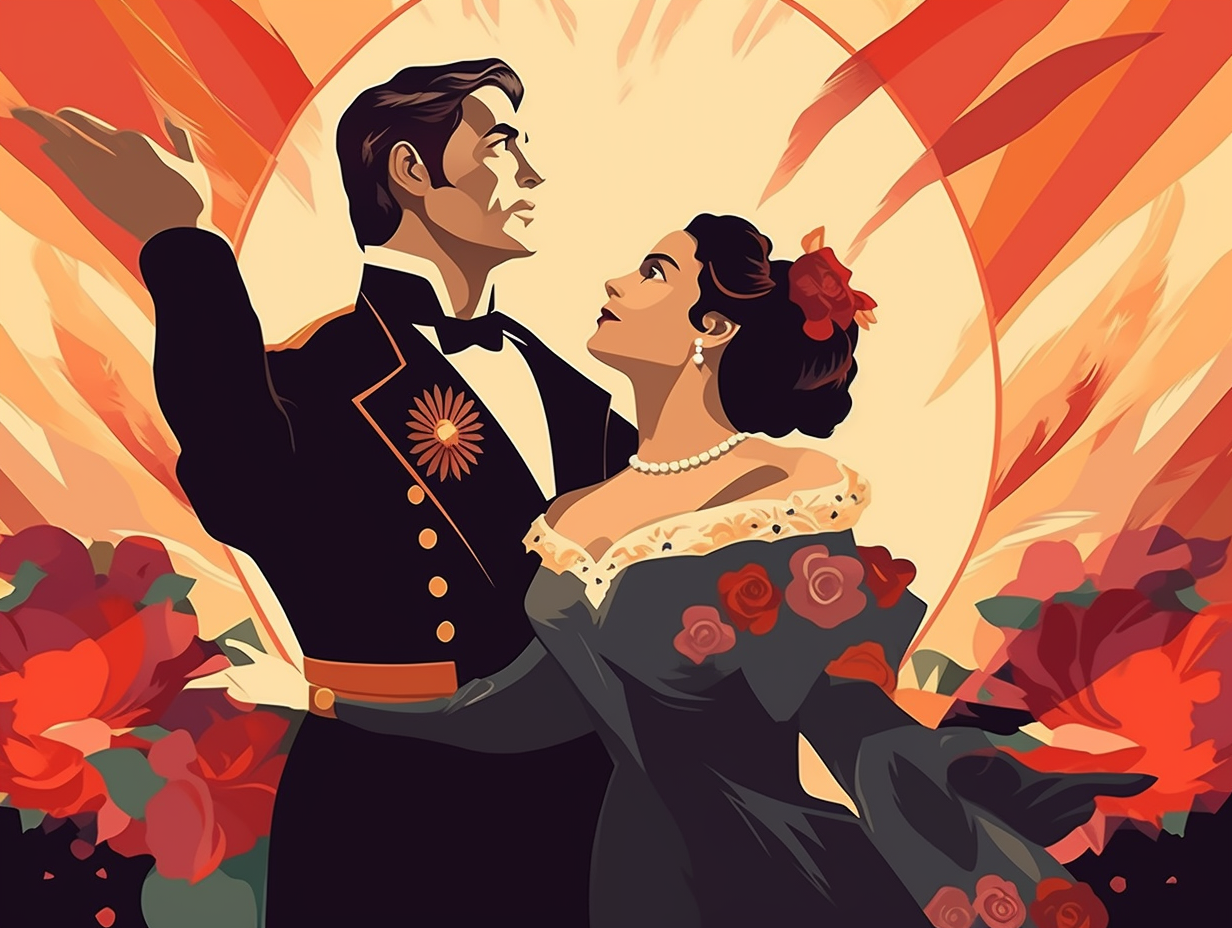Discover the Unexpected: Top 10 Fun Facts About the Middle Colonies You Never Knew!
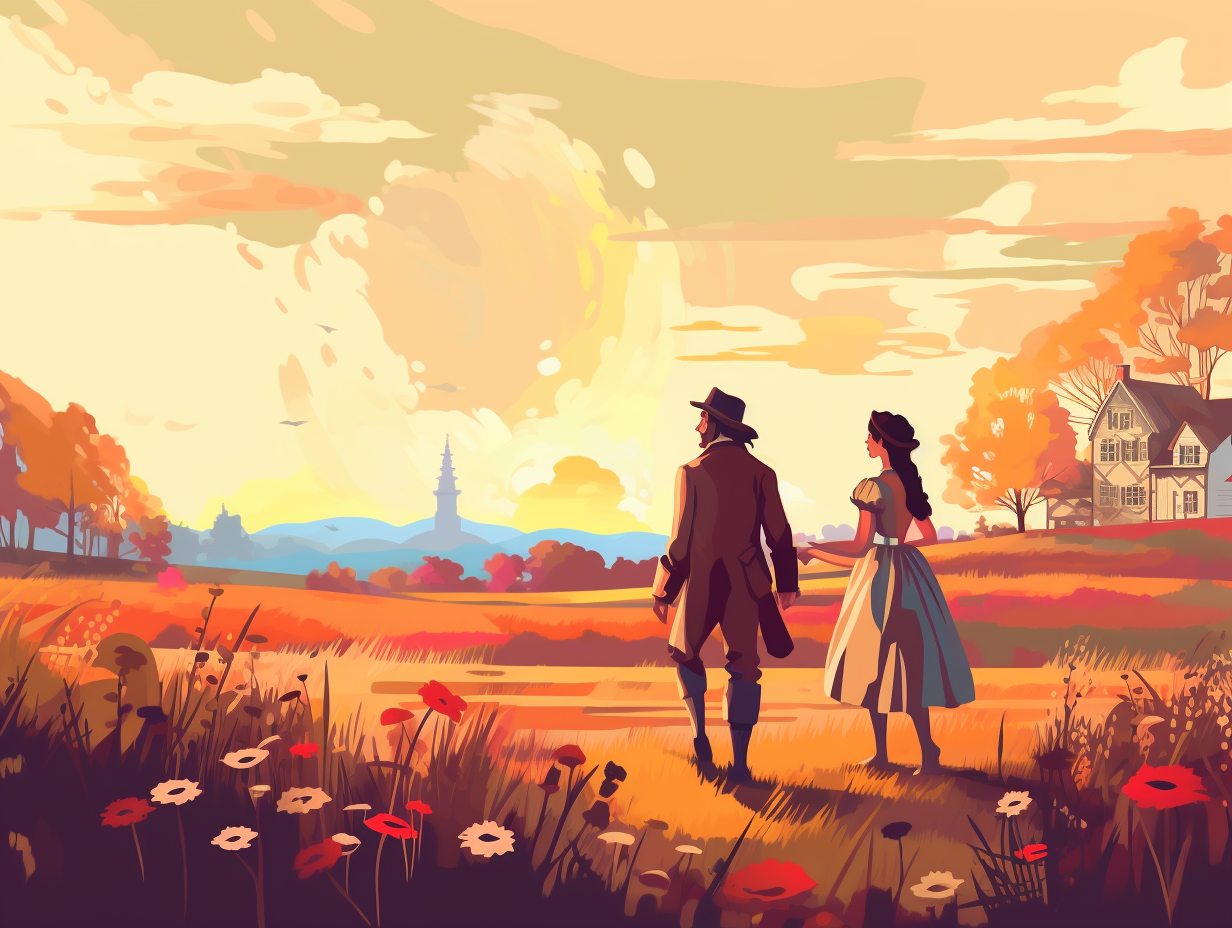
1. Boot Banished? Start a Colony!
Who needs a party when you can get banished and throw your own colony? That's exactly what Anne Hutchinson did back in the day: In 1638, she and her followers founded Portsmouth after being booted from their Puritan community, which then joined forces with Providence in 1663 to create a rebellious lil' entity we now know as Rhode Island.
Source => khanacademy.org
2. Philadelphia to D.C. - Thanks, Mutiny!
In a true display of "Philadelphia freedom," a group of disgruntled Revolutionary War soldiers decided to take matters into their own hands and spice things up outside Congress' doorstep: The Pennsylvania Mutiny of 1783 saw angry federal troops barricade the entry to the Congress building, demanding their long-overdue wages, ultimately leading to the decision to move the US capital from Philadelphia to Washington, D.C.
Source => constitutioncenter.org
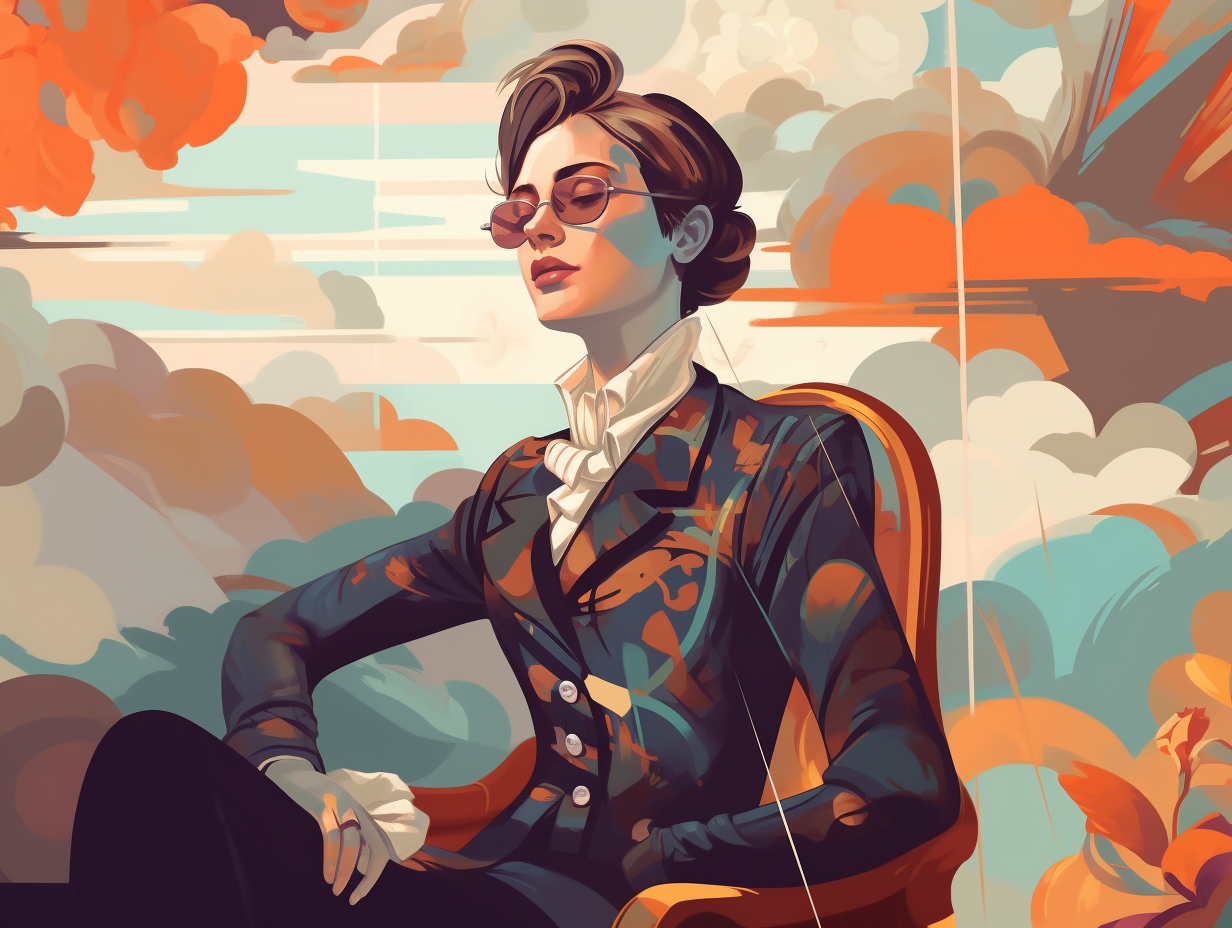
Did you know the reigning monarch in the Commonwealth realms is the head of state for 15 countries, including Canada, Australia, and the UK? Discover the history behind this royal timeshare system and how it continues to expand.
=> Fun Facts about Monarchy
3. Quilting: The OG Waist Trainer
Before the days of Spanx and waist trainers, ladies in the middle colonies were busy quilting their way to a flattering silhouette: Women in the 18th century commonly wore quilted petticoats made from materials such as satin, silk, or wool, featuring designs ranging from simple lattice patterns to elaborate creations, transcending social classes and making this meticulous fashion staple a must-have in their wardrobes.
Source => brocadegoddess.wordpress.com
4. Poconos - Nature's Musical
If you're looking for a place where wood-land creatures sing "Oh, the hills are alive with the sound of music," then you might want to give the Pocono Mountains in Pennsylvania a whirl: Known for its breathtaking beauty, this popular vacation haven is perfect for lovers of hiking, skiing, and water sports of all stripes, proving that you don't need a lederhosen-clad Julie Andrews to enjoy the great outdoors.
Source => kids.nationalgeographic.com
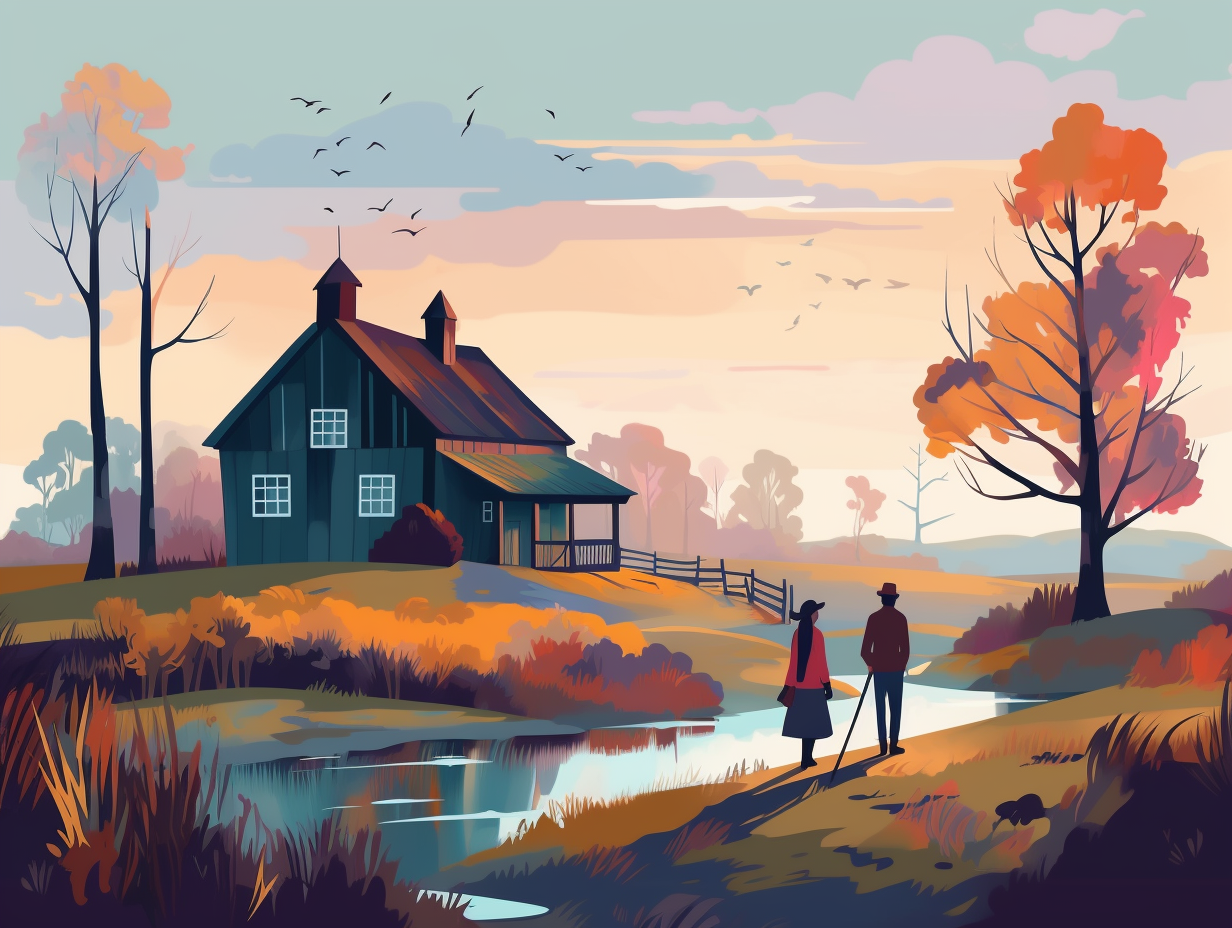
5. The Religious Rave of the Middle Colonies
Picture a 17th-century Woodstock – only, with less tie-dye and more religious garb: The Middle colonies were a cultural melting pot, teeming with a divine mix of Quakers, Lutherans, Presbyterians, Roman Catholics, and Anglicans, setting the stage for the great American tradition of religious tolerance.
Source => kids.britannica.com
6. Canonical Peg Leg Governor
They say that life gives you lemons, but for Petrus Stuyvesant, life handed him a Spanish cannonball that left him with a "peg leg" up in his career: During an attack on St. Martin, a Spanish cannonball crushed Stuyvesant's leg, resulting in its amputation and replacement with a wooden prosthetic. Despite this setback, he persevered and continued to be a memorable and influential governor of the middle colonies' New Netherlands.
Source => mcny.org
7. Virginia's Anglican "Dress Code"
Picture this: colonial-era Southern colonies were like a super exclusive club with a rigid dress code - Anglicanism only, please! But, instead of bouncers kicking out the fashion offenders, things got a bit more...intense: Virginia was notorious for jailing Baptist preachers and mob attacks on prayer meetings, making it a nightmarish scene for religious minorities during antebellum America.
Source => facinghistory.org
8. Pioneer Belly Busters
Before burgers had a chance to colonize our bellies, the pioneer residents of Middle Colonies broke bread like there was no tomorrow: The colonist's diet was primarily filled with hearty, simple meals featuring bread, porridge, scrapple, soups, and an assortment of meats, accompanied by cider, beer, and ale, ultimately paving the way for our modern-day pub grub – but hold the drunken horses and wheat sandwiches.
Source => ehow.com
9. Pretzel Craze: Blame the Swiss Germans!
Who would have "kneaded" a bit of Swiss German charm to twist America's snack game?: The Pennsylvania Dutch, originally Swiss German immigrants, began the craze for fresh-baked pretzels in the US, specifically in Pennsylvania, which led to a rise of artisanal pretzel bakeries in the region and the first commercial pretzel bakery, opened by Julius Sturgis in 1861. In a scrumptious twist of fate, Pennsylvania now holds the title of top pretzel producer in the nation, with 80% of the 1.2 billion dollar industry at their dough-kneading fingertips!
Source => pretzels.com
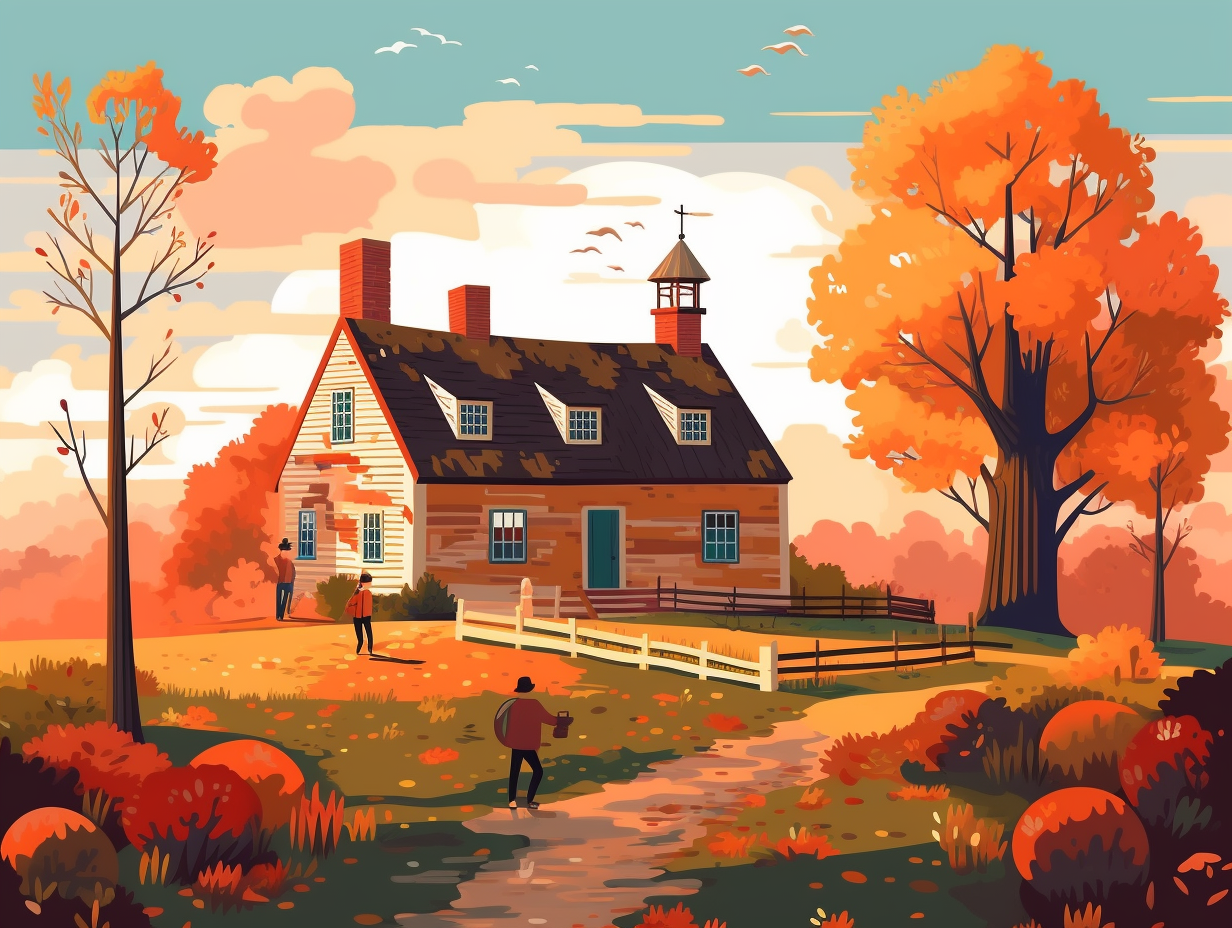
10. Colonial School: Craftsmen & Domestic Goddesses
Back in the day, when boys learned to be Renaissance men and girls became domestic goddesses in the making (and not a public school in sight!): the middle colonies were known to host diverse religious groups that emphasized practical education through various skills and trades taught to young boys, along with classical languages, history, literature, math, and natural sciences. Meanwhile, the girls received private tutoring in their household for essential home skills and social prowess. This practical approach also made the middle colonies a hotbed for craftsmen, creating unique, intricate furniture and quilts you'd be proud to show off today.
Source => educationworld.com
Related Fun Facts

